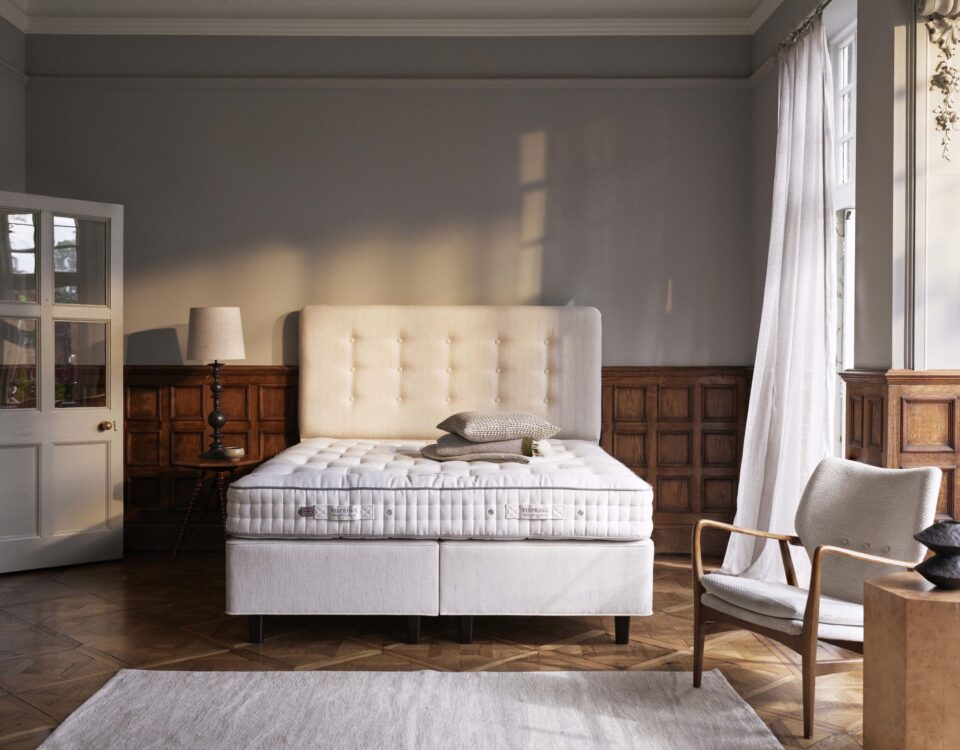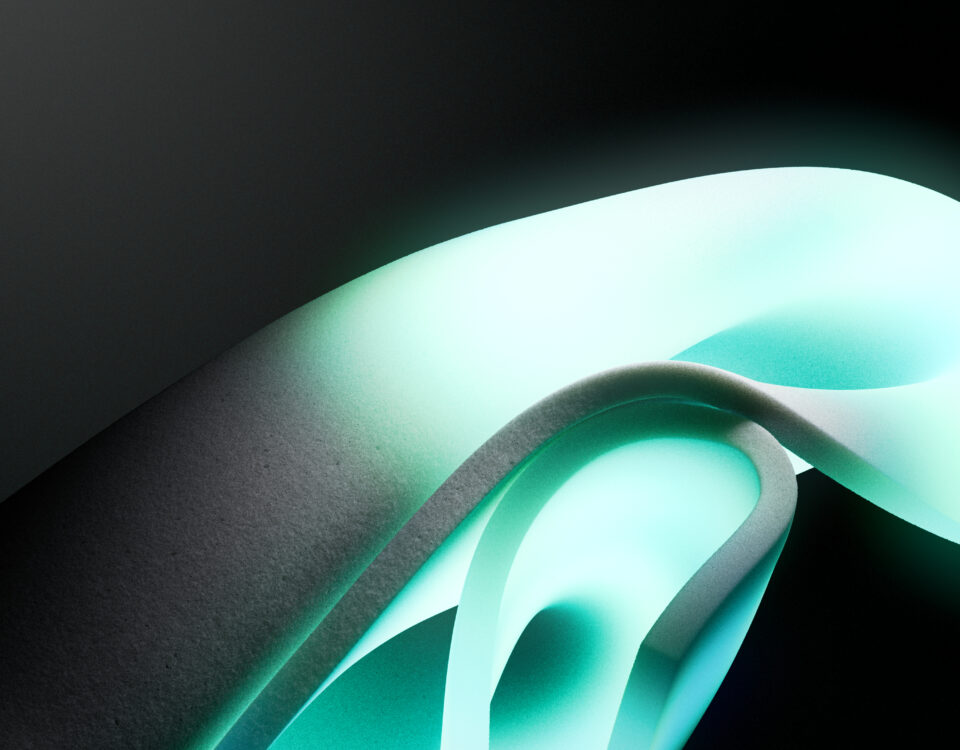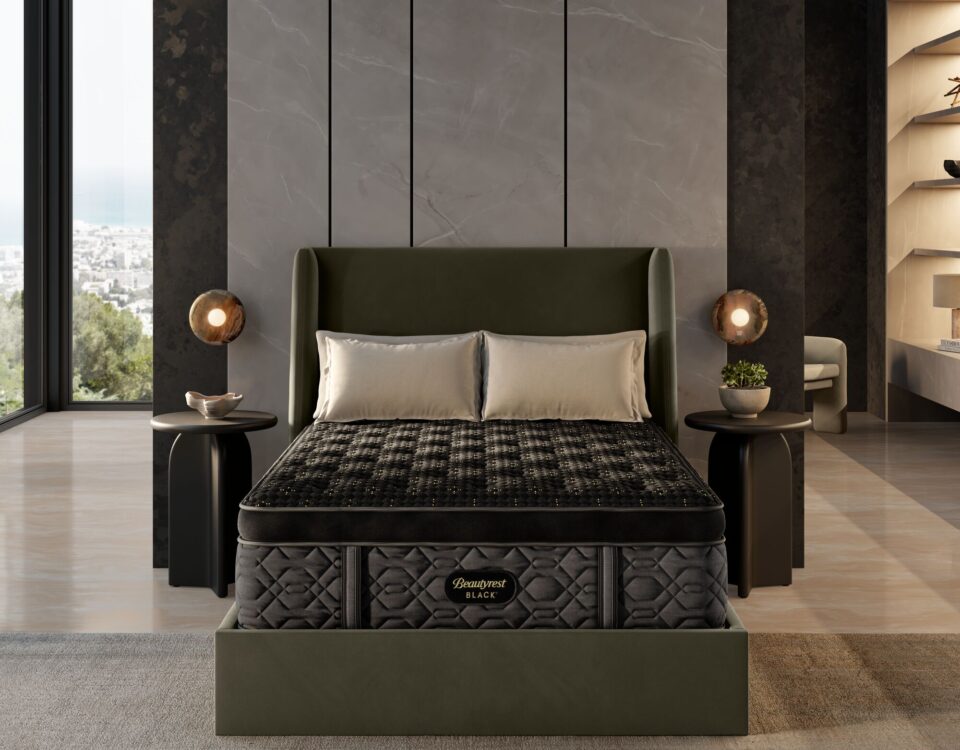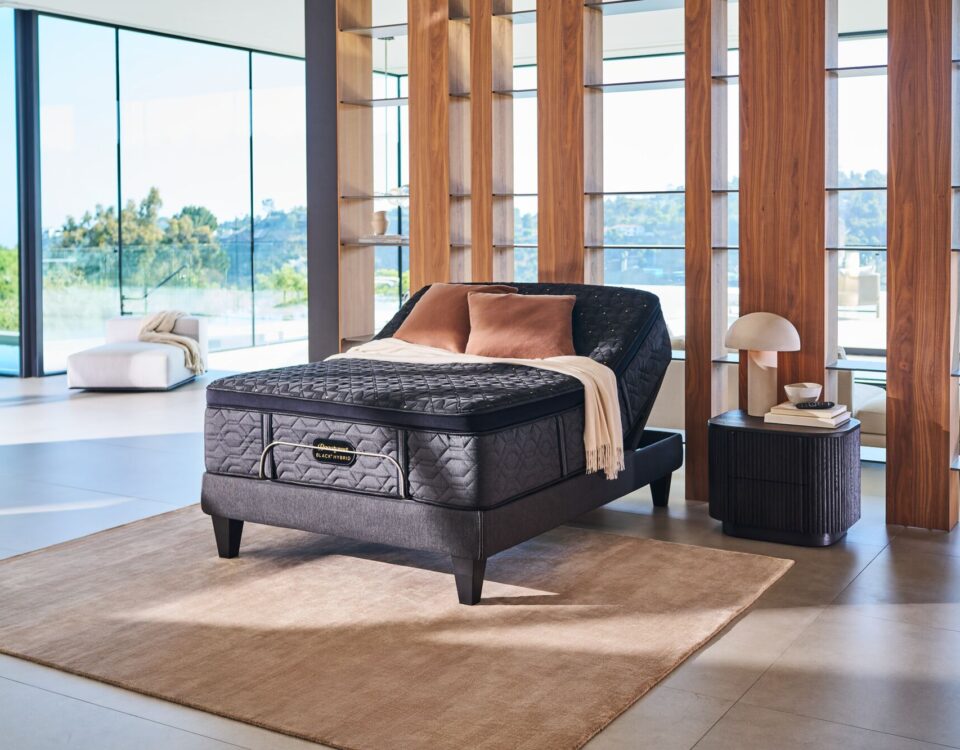Bed Basics: Compare mattress coils
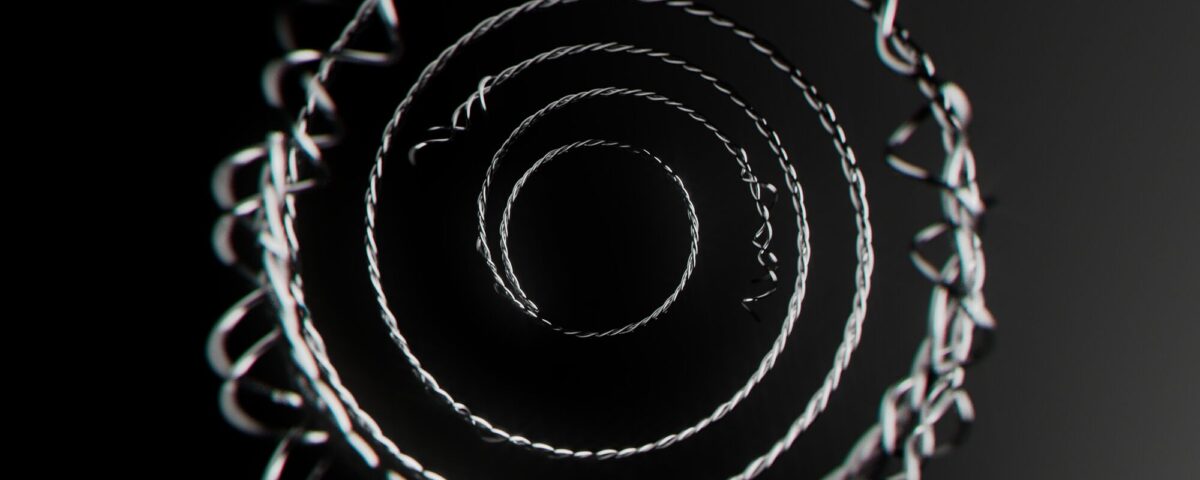
When comparing mattress coil systems across brands like Beautyrest, Tempur-Pedic, Stearns & Foster, and Serta iComfort, it’s important to note that each brand has its own unique construction approach. Here’s a comparison of the key features and technologies:
1. Beautyrest (Simmons)
- Coil Type: Pocketed Coil Technology (individually wrapped coils)
- Support & Feel:
- Beautyrest uses individually wrapped coils that offer targeted support by responding independently to movement, minimizing motion transfer. This helps contour the body better than traditional innerspring systems.
- Their Beautyrest Black line uses T3 Pocketed Coil Technology, which features triple-stranded steel coils for more durability and improved pressure relief.
- Ideal For: People who want responsive support, motion isolation, and a classic innerspring feel with modern advancements.
2. Tempur-Pedic
- Coil Type: Hybrid options with coil layers (Tempur-Pedic ProAdapt Hybrid, Tempur-Adapt Hybrid)
- Support & Feel:
- Tempur-Pedic is known for its TEMPUR material (memory foam), but they also offer hybrid mattresses that combine foam with pocketed coils for additional support and bounce.
- The coil layer in Tempur-Pedic hybrids provides a firmer base and more responsiveness than foam alone, while still giving the pressure-relieving qualities of memory foam on top.
- Ideal For: Those who want the contouring and pressure relief of memory foam with added support and a more traditional mattress feel via coils.
3. Stearns & Foster
- Coil Type: IntelliCoil® System (dual-stage coil design)
- Support & Feel:
- The IntelliCoil system is designed with a coil-inside-a-coil structure. The outer coil provides softer, conforming support for lighter weight, while the inner coil offers firmer support as more pressure is applied.
- This dual-stage design offers tailored support across a range of body types and sleeping positions, maintaining durability and minimizing motion transfer.
- Stearns & Foster also uses premium materials like cashmere and silk, offering a luxurious feel alongside advanced coil systems.
- Ideal For: Those seeking a high-end, luxury mattress with excellent support and durability, along with plush comfort layers.
4. iComfort (Serta)
- Coil Type: Hybrid models with pocketed coils (iComfort Hybrid)
- Support & Feel:
- While iComfort is primarily known for its memory foam mattresses, its hybrid options integrate Serta’s pocketed coil technology.
- iComfort Hybrid models combine cooling memory foam with responsive coils, which allow for a balance between pressure relief, temperature regulation, and firm support.
- Pocketed coils in these models offer individualized support and reduce motion transfer, making them suitable for couples.
- Ideal For: People looking for a mattress that offers both cooling memory foam and supportive coils for a medium to firm feel.
Summary of Key Differences when comparing mattress coils:
- Beautyrest: Focuses on advanced pocketed coil technology for motion isolation and support. Best for people who want a traditional feel with modern upgrades.
- Tempur-Pedic: Offers hybrids that combine their signature memory foam with pocketed coils for enhanced support and responsiveness.
- Stearns & Foster: Features a luxury feel with its unique IntelliCoil system, providing tailored support and premium comfort.
- iComfort: Known for cooling memory foam with hybrid models that add pocketed coils for support, ideal for temperature regulation and a firmer feel.
Each of these brands offers unique coil technologies suited to different preferences in comfort, support, and durability.
